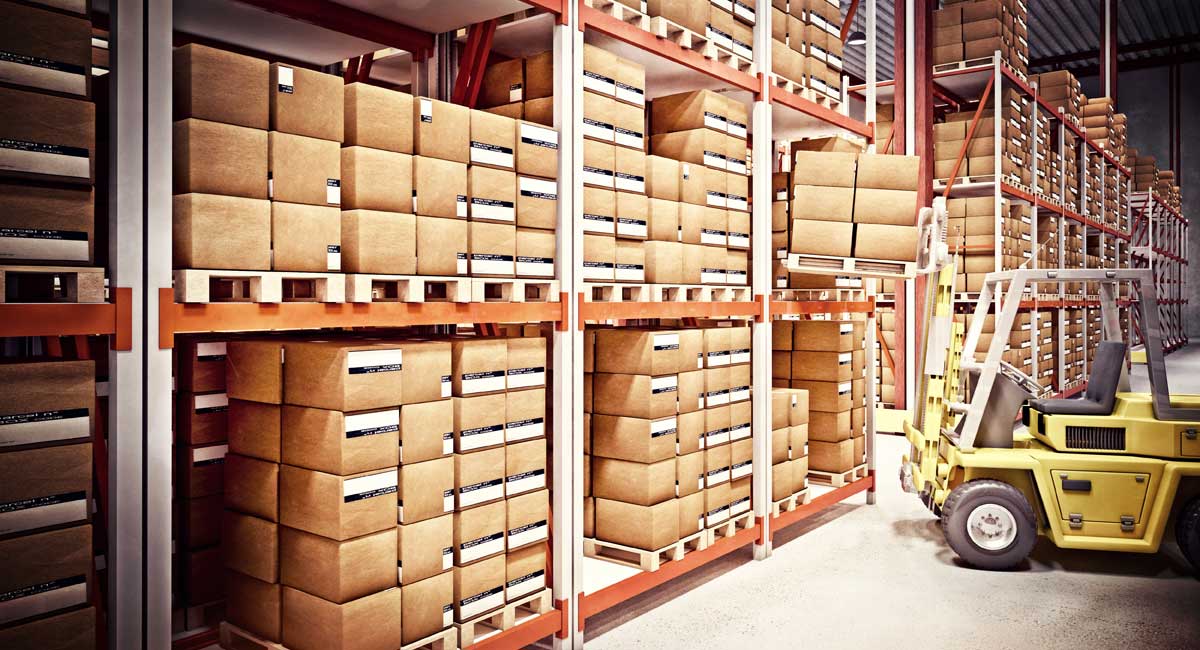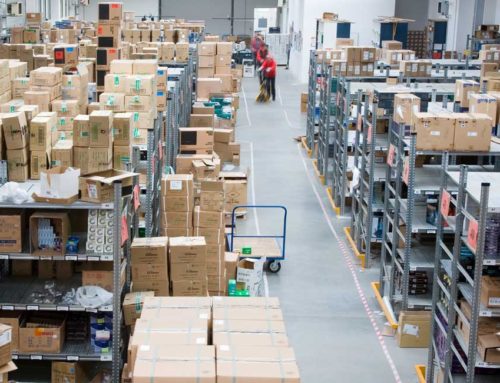How to Properly Stack and Store Materials Safely
There’s hardly a workplace that doesn’t handle or store materials. Manually handling objects—that is, carrying, unpacking, stacking or storing materials by hand—has its risks. Lifting objects can cause injuries from strains and sprains. Improper storing and handling of material and equipment can result in materials striking or crushing workers.
Basics of handling materials safely:
Wear proper personal protective equipment (PPE):
- Find out what you’re moving, what the hazards are and what PPE is required. This may range from head, foot and hand protection to special PPE if hazardous chemicals are involved.
Use proper lifting and carrying methods:
- Study your load to determine its shape and size. Get help if it’s too much to handle yourself. For large or awkward loads, use a team lift or a mechanical device.
- Stand with your feet about shoulder width apart to lift the object. Bend your knees, keep your back straight, grasp the item and raise it slowly.
- Plan your route and rest stops ahead of time. Before you pick it up, know where you’ll put it down. Make sure you can see over the top of the item. To change direction, turn your feet. Do not twist your body.
- Set the load down by keeping your back straight and the load close to your body. Bend your knees and move slowly and smoothly.
Stacking your materials safely:
- Start with a level, solid base for a stack.
- Observe the maximum load limits for floors, shelving, elevators and other surfaces.
- Materials should be stacked with weight, size and shape taken into consideration so they do not fall over. Heavy materials should never be stacked too high. While bags or boxes may be stacked in layers, cylindrical objects must be racked on solid supports to prevent them from shifting and rolling.
Storing your materials correctly
- Pay attention to what kinds of materials and other substances are stored together. A fire might occur if flammable materials and fuels or solvents are placed close to each other. Incompatible chemicals might explode. Do not store liquid chemicals above dry ones.
- Know how to properly store chemicals and other potentially hazardous materials. Read the material safety data sheet (MSDS).
- Make sure there is adequate space in storage areas for an emergency escape route, emergency equipment and personnel.



Leave A Comment